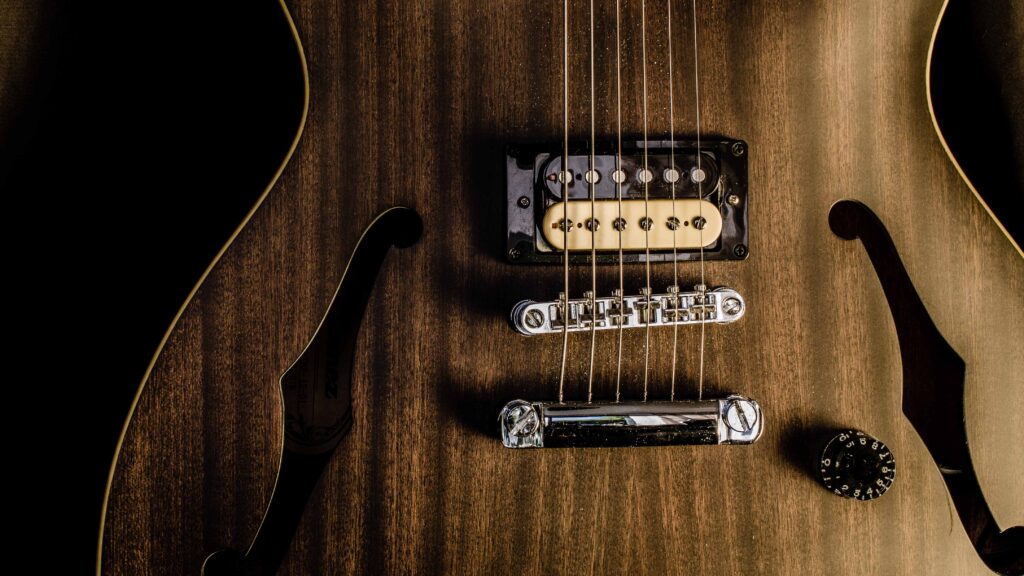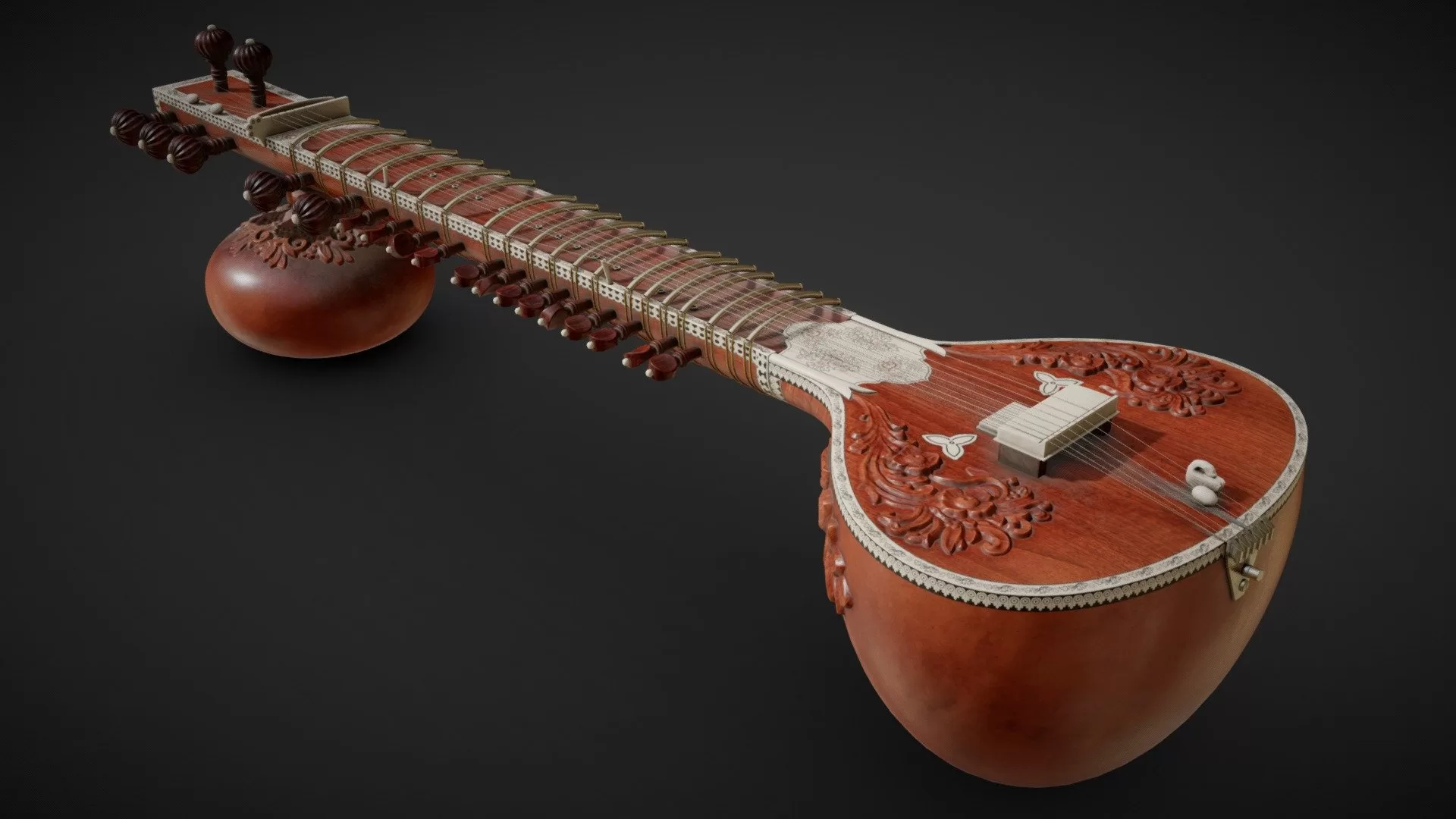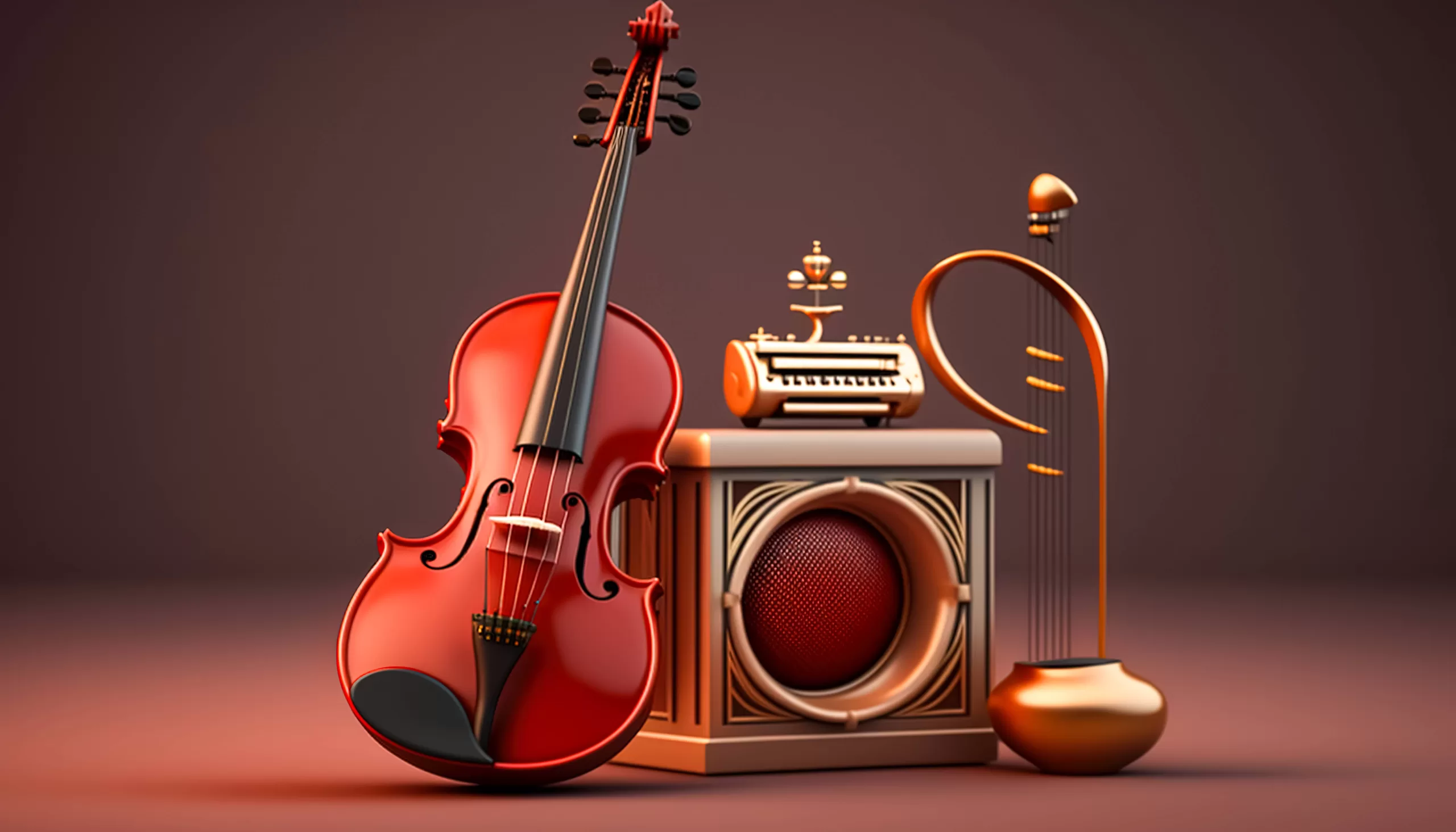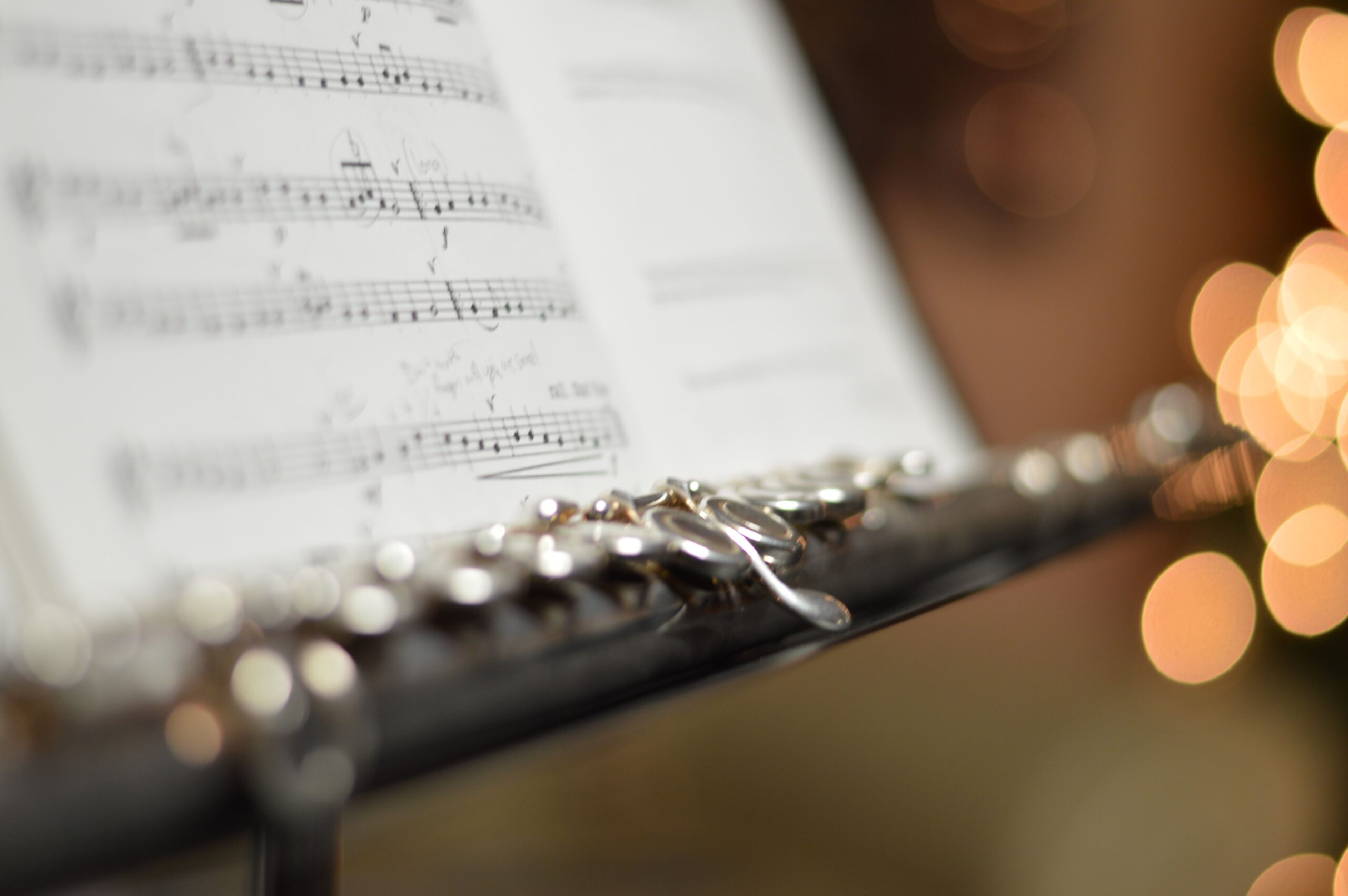Introduction:
In a world where music transcends boundaries and speaks to the soul, there is a treasure trove of traditional musical instruments waiting to be discovered. These instruments are not mere tools of melody but are deeply rooted in the cultural tapestry of diverse societies. Join us on a captivating journey as we explore the vibrant world of musical instruments and the richness of traditional practices that surround them.
The Universality of Music
Music is a universal language that connects people across cultures. Despite their geographical and cultural differences, societies around the world have developed unique musical traditions and instruments. From the haunting melodies of the Indian sitar to the rhythmic beats of African drums, the diversity of musical instruments reflects the rich tapestry of human expression.
Traditional Instruments: Guardians of Culture

Traditional musical instruments serve as guardians of cultural heritage, preserving and passing down the essence of ancestral traditions. Each instrument has a story to tell, woven through generations of musicians and craftsmen. From the elegant grace of the Chinese guzheng to the enchanting sound of the Native American flute, these instruments carry the spirit of their respective cultures.
The Craftsmanship Behind the Instruments
The creation of traditional musical instruments is an art form in itself. Master craftsmen pour their skills and passion into every instrument, ensuring that they not only produce beautiful sounds but also embody cultural aesthetics and values. Whether it’s the intricate woodwork of a European violin or the meticulous metalwork of an Arabic oud, the craftsmanship behind these instruments is a testament to human creativity and ingenuity.
Rituals and Ceremonies: Music as a Cultural Anchor
In many cultures, music plays a central role in rituals, ceremonies, and celebrations. From religious ceremonies to social gatherings, traditional instruments are an integral part of these cultural practices. Whether it’s the soul-stirring chants of Tibetan monks accompanied by the resonant tones of the dungchen or the festive melodies of mariachi bands during Mexican fiestas, music breathes life into these significant cultural moments.
Revitalizing Traditional Music

As the world rapidly evolves, traditional musical practices face the risk of being forgotten or overshadowed by modern influences. However, there is a growing movement to revive and preserve these cultural treasures. Musicians, enthusiasts, and organizations are working tirelessly to ensure that traditional instruments and practices continue to thrive, creating a bridge between the past and the future.
Conclusion:
Exploring the world of musical instruments and the richness of traditional practices is an invitation to delve into the soul of different cultures. The symphony of cultures created by these instruments unites us in our shared humanity while celebrating the unique beauty of each heritage. Let us embrace this harmonious journey, where melodies from the past resonate with the present, connecting us to the cultural treasures of our world.











2 thoughts on “Symphony of Cultures: Exploring Musical Instruments and the Richness of Traditional Practices”